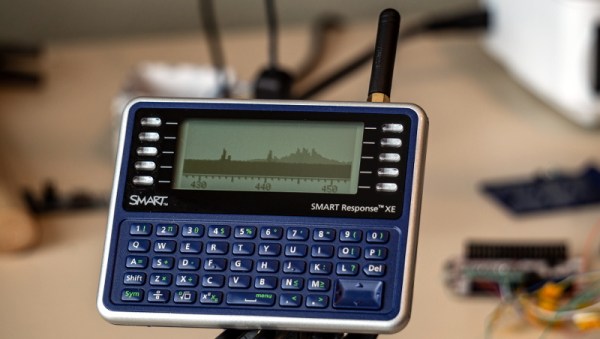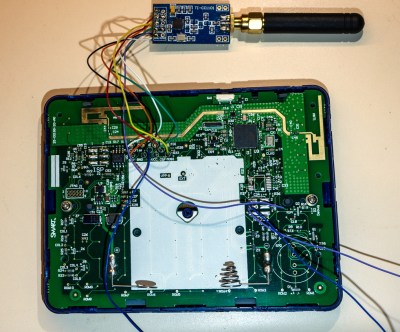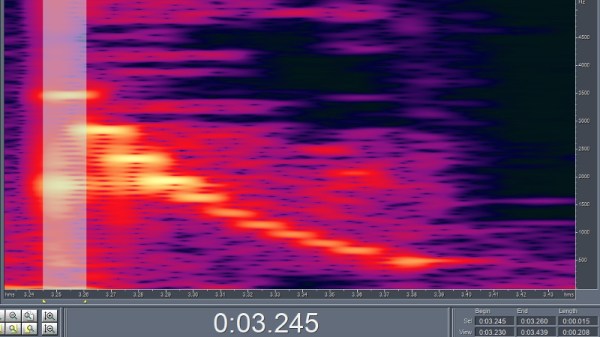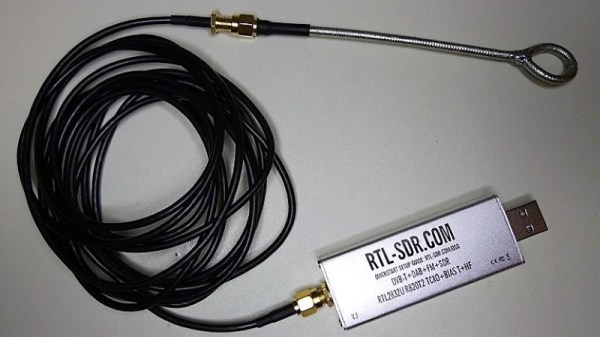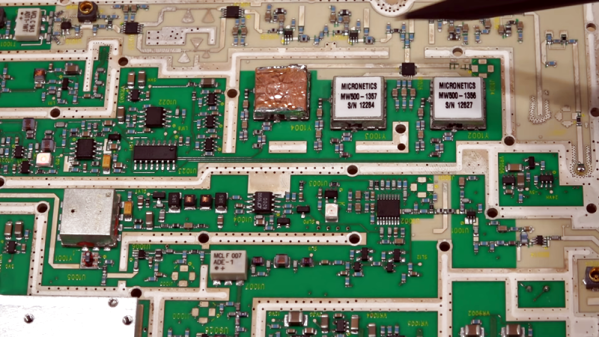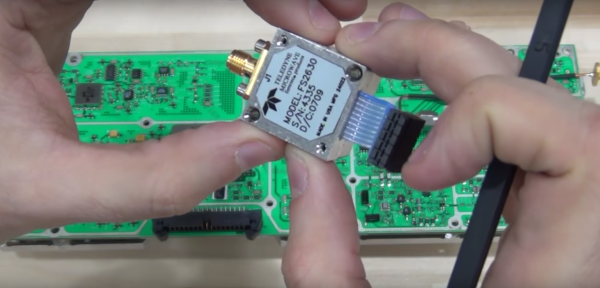The NanoVNA made network analyzers cheap enough for almost everyone. Now you can get a $49 spectrum analyzer to go with it. Is it worth it? Watch [IMSAI Guy]’s video after the break for his opinion. From the tinySA.org website:
- Spectrum Analyzer with two inputs, high-quality MF/HF/VHF input for 0.1MHZ-350MHz, lesser quality UHF input for 240MHz-960MHz.
- Switchable resolution bandpass filters for both ranges between 2.6kHz and 640kHz
- Color display showing 290 scan points covering up to the full low or high-frequency range.
- Input Step attenuator from 0dB to 31dB for the MF/HF/VHF input.
- When not used as Spectrum Analyzer it can be used as Signal Generator, MF/HF/VHF sinus output between 0.1MHZ-350MHz, UHF square wave output between 240MHz-960MHz.
- A built-in calibration signal generator that is used for automatic self-test and low input calibration.
- Connected to a PC via USB it becomes a PC controlled Spectrum Analyzer
- Rechargeable battery allowing a minimum of at least 2 hours portable use
A lot of cheap scopes and PC-based scopes can do spectrum analysis, too, of course, so this isn’t as exotic as a VNA. But at this price, having a dedicated instrument might be worth it to you, especially if you don’t care about frequency below 100 MHz.
There are some limitations, of course, but the price is right. [IMSAI Guy] shows a few oddities that he didn’t like, but overall, it seemed like a good value. If you have a modern scope it may already do this function, or you might be able to do a software solution. If you only need audio frequencies and you want novelty, try some ping pong balls Continue reading “TinySA Is A $49 Spectrum Analyzer”


